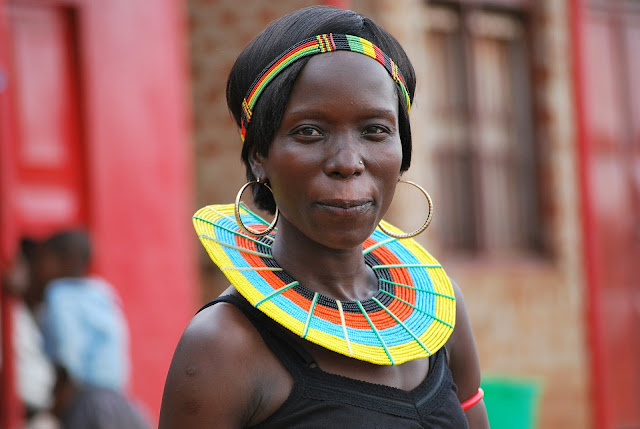Being very tall or short does not constitute either gigantism or dwarfism. Men and women can range in height from 4 feet 7 inches (140 centimetres to 6 feet 7 inches (201 cm) and still be considered normal.
Giantism and dwarfism are specific growth disorders that can usually be traced to something that has gone awry in the pituitary, but sometimes dwarfism can be caused by malnutrition or by diseases of the kidney, heart, or liver. As a rule, too much GH (growth hormone) leads to giantism and too little dwarfism, but the timing of the secretions is also important.
If the pituitary overproduces GH before the end of adolescence, the outcome is likely to be excessive growth. But if the oversecretion comes after adolescence, the hormone acts unevenly. Because growth in stature has essentially ceased, and because GH acts only on the parts of the skeleton still not completely hardened by mineralization, the excess hormone may cause large extremities or, in rare instances, a condition called acromegaly, marked by enlargement of the face, feet, and hands.



